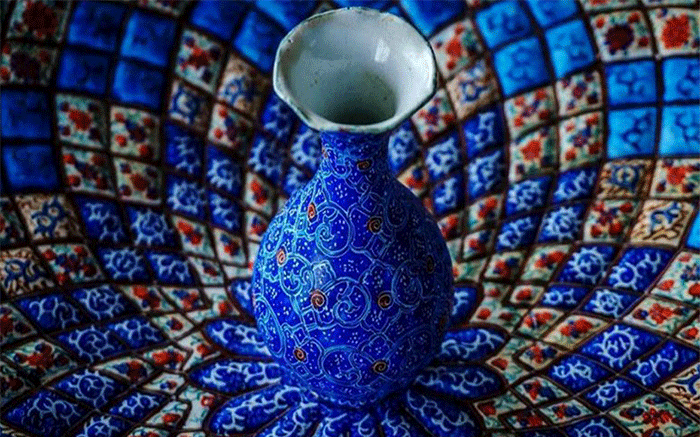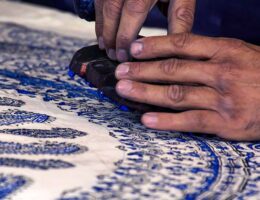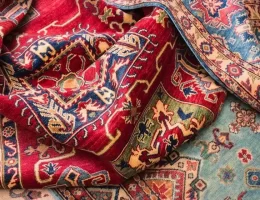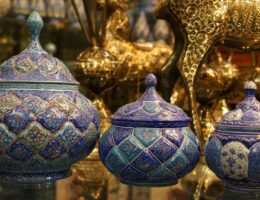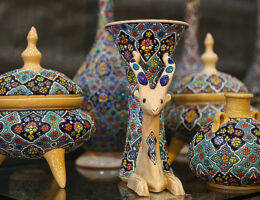IRAN ART EXHIBITION: five historic handicrafts of Iran
June 10th is celebrated as World Handicraft Day worldwide. The World Handicrafts Council was established by the UNESCO with 90 countries as members.
The World Crafts Council (WCC), affiliated to UNESCO, was founded in 1964 which is a non-profit, non-governmental organization, established to promote fellowship and foster economic development through income-generating craft-related activities. The WCC is organized into five regions: Africa, Asia Pacific, Europe, Latin America, and North America.
On the occasion of World handicraft, it may be a good idea to become familiar with some of the history and the most popular handicrafts of Iran.
Iranian art and architecture reflect a 5,000-year-old cultural tradition with a significant development over history. Numerous artists have produced beautiful items that are known throughout the world. The most famous Iranian handicrafts include the Persian Carpet, Minakari (carvings on silver), miniature, Khatamkari, and Ghalamzani (Metal-work).
Iran has many ancient crafts. The extent and breadth of these branches can be divided into several subclauses, which indicate the diversity and flourishing of the level of traditional arts and its roots in the rich history of Iran.
Persian Carpet
Persian Carpet is an inseparable item from Iranian art and culture. It is undoubtedly one of the most distinguished manifestations of Persian dates back to the Ancient Persia (c.500 BC). The “traditional skills of carpet weaving” in Fars Province and Kashan City were inscribed as Intangible Cultural Heritage Lists of UNESCO in 2010.
The pattern of carpets reminds you of the Persian garden which is full of florae, birds, and other animals. Wool, cotton, and silk are the most common materials in carpet weaving.
Traditional dyes used in Persian carpets are taken from plants and insects. As an example, red from “Madder”, yellow from “onion”, and black from “Oak apples”.
Minakari (Enameling)
IRAN ART EXHIBITION: The art of Minakari or Enameling is the art of fire which is used to make decoration on metal and tile with mina glaze. The patterns used for enamel works are traditional designs depending on the preferences of the artist. In Iran, enameling is mostly done on copper and silver. Enamel working and decorating metals with colorful and baked coats is one of the distinguished courses of art in Isfahan.
The greatest master of enameling of Isfahan is Shokrollah Sanizadeh, whose ancestor was a renowned painter. One of the invaluable works of this master was used for printing a stamp for commemorating Iranian handicrafts in 2008-9 and registered as national heritage. These artists present their works in Chahar-Bagh Street and the vicinity of Naqsh-e Jahan Square.
Miniature
The Persian miniature is a rich and detailed painting with religious or mythological patterns. According to the evidence the art of miniature painting in Persia started from early centuries in early post-Islam and after the collapse of Sassanians. However, the art has flourished in the 13th century during the Safavid dynasty. One of the specifications of Iranian miniature is the bright coloring in which the pigments are mineral-based.
The earliest painted miniatures appeared in horizontal orientation without any frame. The vertical format first introduced in the 14th century.
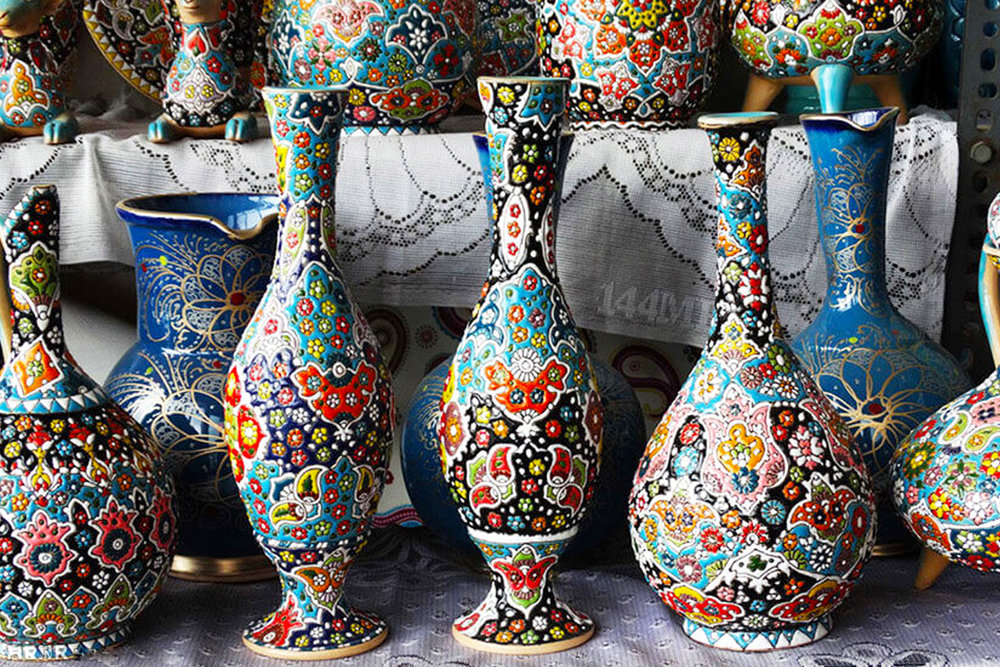
Khatamkari
Khatam Kari is the art of decorating wooden surfaces with small mosaic-like veneers in the form of triangles made of different woods and materials. These materials include Areca wood, Ebony, the wood of Citron Tree, Jujube wood, and bones of camel, horse, and cow.
The oldest item of Khatam-Kari art is dated back to the Safavid period, however, there is no evidence when the art started exactly. There are some similar works in other countries such as Syria and Lebanon but the cradle of Khatam-Kari is Iran.
Isfahan city has been the main center of Khatam working in the Safavid period but, then it became popular in Shiraz. It is used to produce some objects such as backgammon board, chessboard, Quran rack, Frames and small boxes.
Ghalamzani (Engraving)
IRAN ART EXHIBITION: Ghalamzani is the art of carving superb designs on metals such as copper, brass, silver, and gold. The same as other Iranian arts, Isfahan is the main center for engraving with significant development in the Safavid dynasty.
